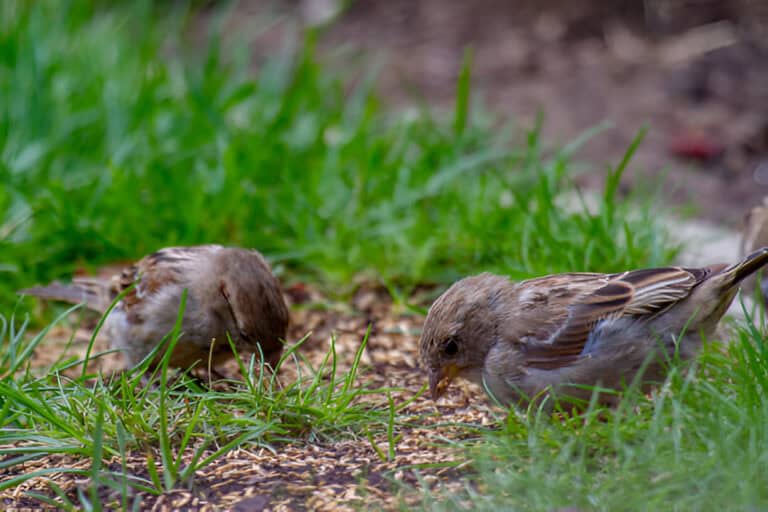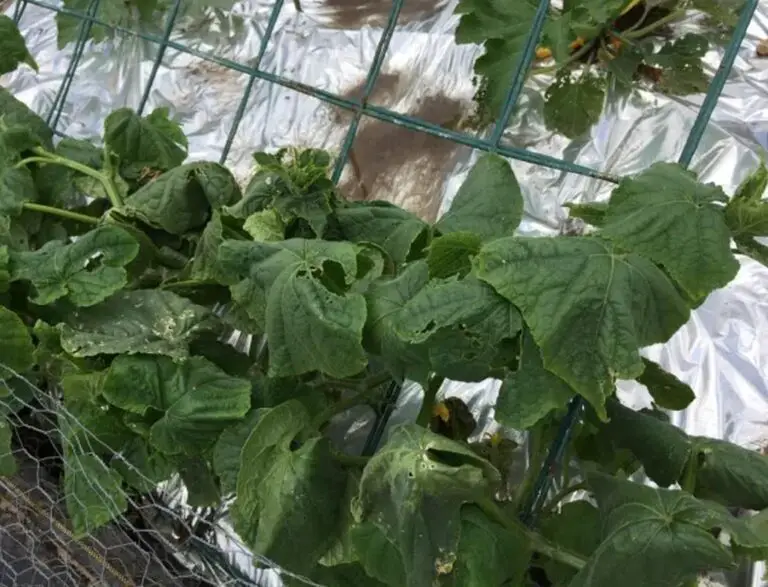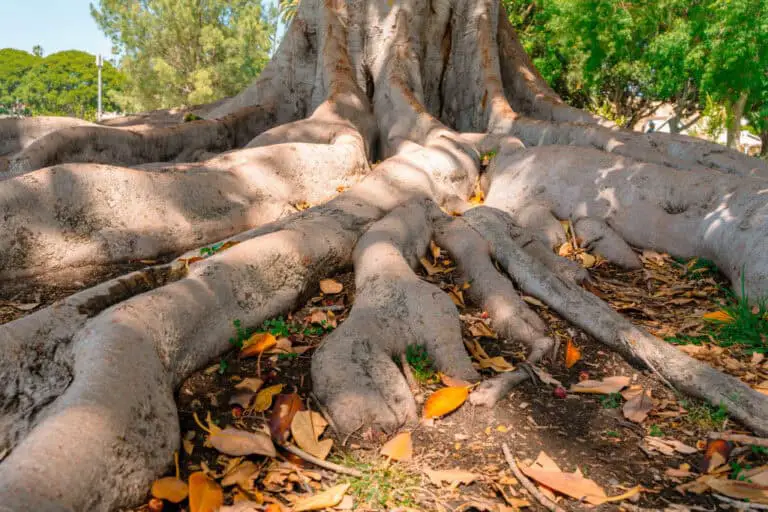How Forest Mulching Can Help Eliminate Invasive Plant Species
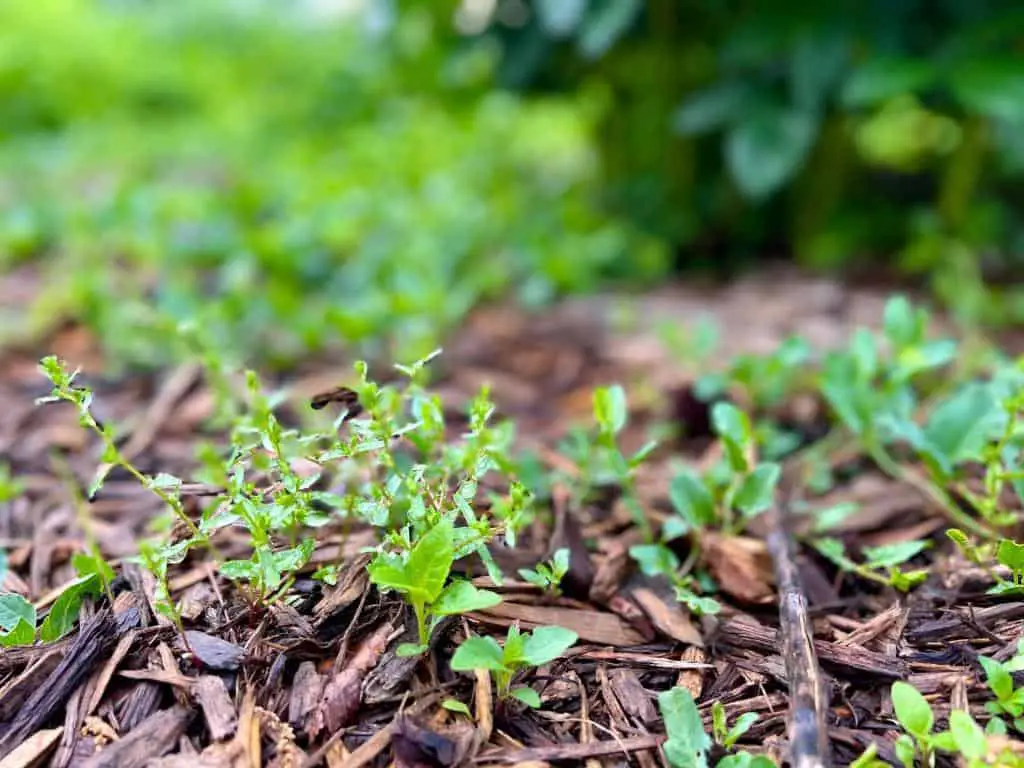
In the complex web of natural ecosystems, invasive plants upset the balance. This balance keeps native plants and animals alive. These alien plants have an evil influence on our environment. They outcompete native vegetation due to aggressive growth patterns. Invasive species choke out native plants. They also change the soil. Their impact goes far beyond just taking over.
These alien invaders colonize new territories with voracious fervor. They take resources vital for local plants and animals’ survival. The consequences ripple through whole ecosystems. They trigger cascading effects that endanger biodiversity and harm ecological resilience. These plants invade every habitat, from big parks to small groves.
Let us go on an adventure together as we explore forest mulching, a powerful tool we can use to fight invasive plants. Uncover how this innovative technique not only curtails the spread of invasive species but also nurtures natural habitats back to health.
Understanding Forest Mulching
Forest mulching, also called mulch mowing or vegetation management, is a strategic land management practice. It involves putting organic materials on forest floors to suppress unwanted plant growth. This technique has many uses. It combats invasive plant species. These plants threaten the ecosystem’s biodiversity and health.
Forest mulching creates a protective mulch barrier over the soil. It helps smother invasive plants. It also enriches the soil with nutrients through decomposition.
One key benefit of using mulch for weed control in forests is its natural approach. It fosters sustainable ecosystems. Chemical herbicides, like spraying weed killer, can harm non-target species and water sources. In contrast, forest mulching is eco-friendly. It uses nature’s own ways to regulate growth.
The slow breakdown of organic matter stops weed growth. It also improves soil structure and moisture capacity. This helps diverse native plants grow. They are crucial for ecological balance.
Challenges of Invasive Species Control
Controlling invasive species presents several challenges due to the limitations of traditional methods. These methods, such as manual removal and spraying weed killer, are often labor-intensive and costly. Moreover, they may not be effective in eradicating invasive species. This leads to reinfestation.
Traditional methods have drawbacks. They can harm non-target species and the environment. Herbicides, for example, can have long-lasting effects on soil health and water quality. Additionally, manual removal is not always feasible in large or remote areas, making it impractical for widespread control efforts.
To address these challenges, there is a growing need for alternative and sustainable solutions. Integrated Pest Management (IPM) approaches, which combine multiple control methods, offer a more holistic approach to invasive species control.
Biological control, using natural predators or pathogens. It manages invasive species and is another promising avenue. These alternative methods can be more effective, environmentally friendly, and cost-efficient in the long run.
The Role of Forest Mulching in Eliminating Invasive Plants
Forest mulching is a powerful tool in the fight against invasive plant species. It offers a sustainable and environmentally friendly solution to restore balance in ecosystems. Mulch suppresses weeds by smothering them with organic material. It also nurtures the surrounding native plants.
This suppression mechanism disrupts the invasive plants’ access to sunlight. It hinders photosynthesis and stunts their growth over time. Additionally, as the mulch decomposes, it enriches the soil with vital nutrients that promote the flourishing of indigenous vegetation, creating natural barriers against invasions.
Numerous case studies echo the success of forest mulching as a strategy for eradicating invasive plant species. In some areas, non-native plants threaten natural habitats. Foresters have used targeted mulching to fight them. And, it has worked well.
An example comes from a nature reserve. There, an aggressive vine infested and outcompeted local trees. Strategically applying mulch around vulnerable trees significantly reduced the vine population. New growth from native saplings signaled a promising resurgence of biodiversity within months.
These real-world triumphs show that mulching forests works. It has long-term benefits. It helps fight invasive plants sustainably and effectively.
Best Practices for Implementing Forest Mulching
When starting a forest mulching project to fight invasive plants, you must carefully consider several key factors. They are crucial to ensure its success. Implementing forest mulching to eliminate invasive plant species requires careful planning and execution. The following best practices can help ensure successful outcomes:
- Site Assessment: Assess the site well to find the extent of the invasive plant infestation. Then, choose the best mulching approach.
- Mulch Selection: Choose the right type of mulch for the specific invasive plant species and site conditions. Organic mulches, such as wood chips or straw, are often effective and environmentally friendly options.
- Timing: Time the mulching operation carefully to coincide with the invasive plant species’ growth cycle for maximum effectiveness.
- Application: Apply mulch evenly and at the appropriate depth to smother the invasive plant species and prevent their regrowth.
- Monitoring: Regularly monitor the site after mulching to ensure that the invasive plant species are effectively controlled and to address any new growth promptly.
- Follow-Up: Implement follow-up treatments. These include spot mulching or manual removal. Do them as needed to stop invasive plants from coming back.
- Environmental Considerations: Take into account the potential impact of mulching on the surrounding ecosystem, including soil health, water quality, and wildlife habitat.
By following these best practices, forest managers can use mulching to eliminate invasive plants. They can do this while minimizing harm to the environment.
What Are the Methods for Preventing Invasive Species?
1. Physical Removal
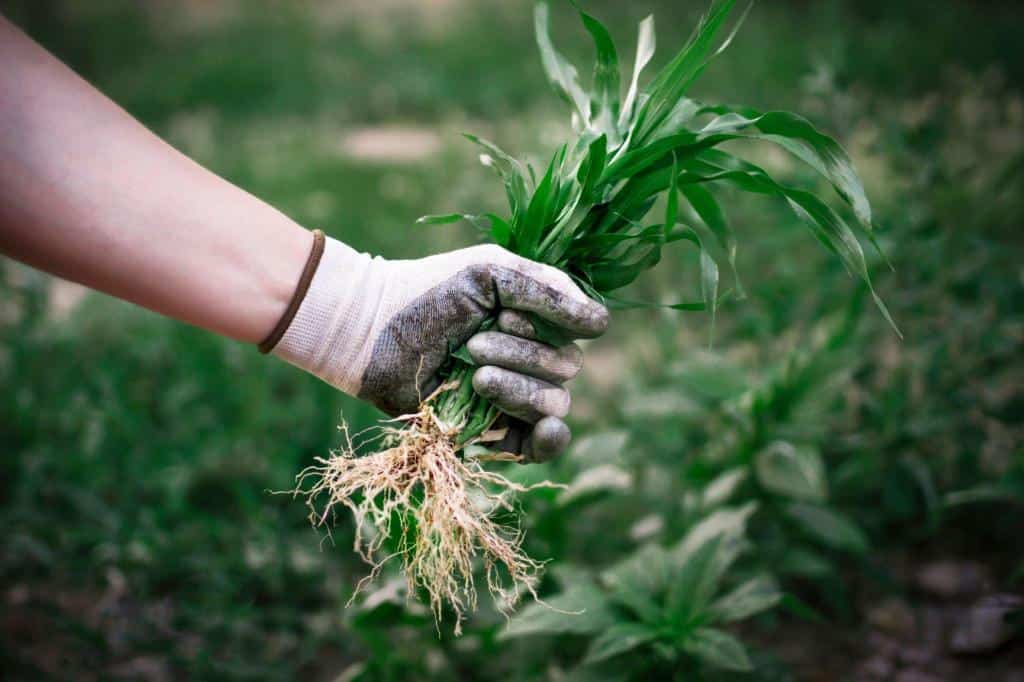
If an invasive plant becomes established, it can be eradicated by digging it up and disposing of it somewhere. Another method of physical elimination is forestry mulching. It involves using a machine to crush the species to stop them from spreading. Click here to find out more about forestry mulching.
2. Chemical Removal
Herbicides are a popular way to remove invasive plants. Herbicides can be toxic to both plants and people; therefore, you should engage a professional who has been educated in their proper use.
3. Biological Control
Another method for removing invasive plants is to use biological control agents such as insects or diseases. People use this strategy often. Other methods for removing invasive plants often don’t work.
Ecological Impacts and Long-Term Benefits
Invasive plant species are a big threat to forests. They disrupt the delicate balance of biodiversity and stability. These invaders can greatly change natural habitats. They compete with native plants for water, sunlight, and nutrients, changing the habitat’s structure and function.
The consequences ripple through the ecosystem. They affect plant communities and wildlife populations. The wildlife relies on diverse vegetation for food and shelter.
The goal is not just to reclaim territory by eradicating invasive species with mulching. It’s also to restore harmony to a web of interdependent relationships.
Reducing the number of invasive plants has short-term benefits. In the long term, forests will benefit as they change to increase biodiversity. Forest mulching creates space for native plants to thrive again. This sets off a chain reaction that ripples across trophic levels. As native plants and animals get back to where they belong, they provide important habitat and food for native animals, from small bugs to large mammals.
This resurgence of life boosts ecosystem resilience. It also enriches the environment with a vibrant array of life forms. They are adapted to local conditions and are unique. Each mulched area can become a stronghold for biodiversity conservation efforts. By doing this, our landscapes can develop into secure areas where nature’s richness can flourish without interference from outsiders.


